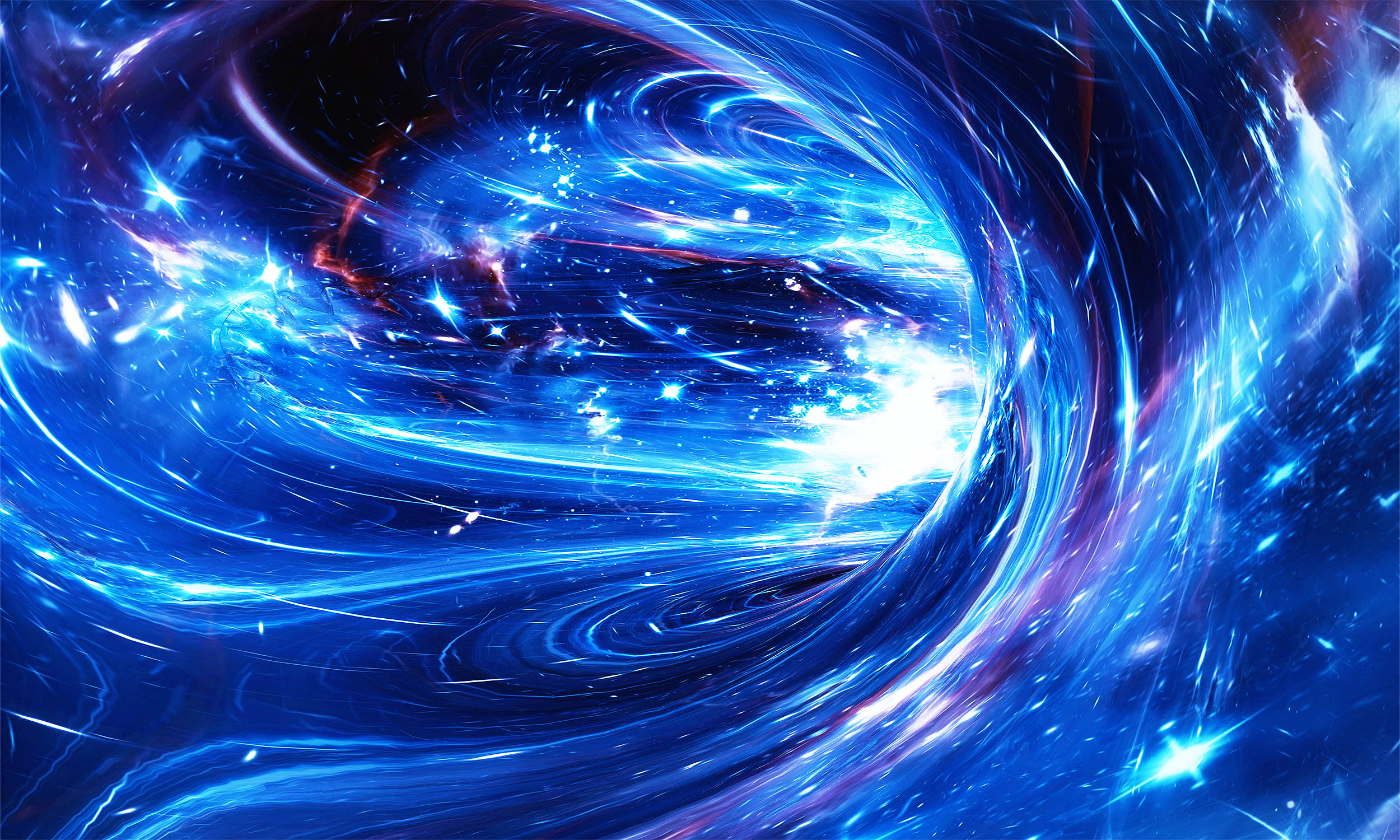Have you ever wondered what the secrets of the universe are? Dark matter, dark energy, particles moving at lightning speed – these are the central focuses of recent cosmic mysteries. Imagine sharing our universe with particles that travel faster than light, known as tachyons.
This is the bold new theory presented by scientists Samuel H. Kramer of the University of Wisconsin-Madison and Ian H. Redmount of Saint Louis University.
Dark matter and dark energy
Dark matter and dark energy are the “elephant in the universe” for scientists. These entities make up about 95% of the universe, but much about them remains a mystery.
Dark matter, which accounts for 27% of matter, is like the invisible hand of the universe and influences the motion of galaxies and clusters of galaxies.
Dark energy, accounting for 68%, is like the hidden fuel of the universe, driving the accelerated expansion of the universe. The new theory of tachyons could shed some light on these enigmatic parts of our cosmos.
The race against the light
In the world of hypothetical particles, tachyons are the rebels, the non-conformists. Einstein’s theory of relativity made the speed of light the cosmic speed limit, but tachyons laugh at these rules.
They would travel faster than the speed of light. Kramer and Redmount’s paper suggests that a universe dominated by these brutal particles could still fit within the framework of modern physics.
If tachyons exist, they would possess properties that could influence cosmic phenomena in ways we cannot yet imagine.
The special properties of tachyons
The experts propose a new model in which the universe slows down before speeding up, a process they call “inflected expansion.”
This shakes up the standard Lambda Cold Dark Matter (ΛCDM) model, which attributes acceleration to dark energy.
In this new model, the rate at which the universe expands is influenced by the special properties of tachyons.
Their speed, faster than the speed of light, creates a unique form of kinetic energy that causes the transition from deceleration to acceleration.
To provide evidence, the team used data from Type Ia supernovae, the “standard candles” of the universe. Their consistent luminosity makes them a reliable measure of distances in the universe.
By applying their model to observed supernova data, the researchers found that a tachyonic universe could explain the observed acceleration.
Key findings of the research
The study examined two datasets of Type Ia supernovae to test a new cosmological model. The Hubble parameter (H0) measures the expansion rate of the universe. It is expressed in kilometers per second per megaparsec (km/s/Mpc).
The smaller dataset contained 186 supernovae. It showed an H0 value of 66.6 ± 1.5 km/s/Mpc. This means that the universe is expanding at a rate of 66.6 kilometers per second for every megaparsec of distance, with an error of ±1.5 km/s/Mpc. The age of the universe from this dataset is about 8.35 ± 0.68 billion years.
The larger dataset contained 1048 supernovae. This showed a slightly higher H0 value of 69.6 ± 0.4 km/s/Mpc. This suggests a faster expansion rate, with a smaller error of ±0.4 km/s/Mpc. The age of the universe from this dataset is about 8.15 ± 0.36 billion years.
These findings are consistent with existing models such as the Lambda Cold Dark Matter model. This agreement means that the new tachyon-based model could be a valid alternative.
The new theory suggests that tachyons, particles moving faster than light, may form dark matter.
What if tachyons really exist?
If tachyons are proven to exist, it would revolutionize our understanding of physics, turning existing theories on their head and opening up new avenues of research.
Despite criticism and skepticism from the scientific community, the duo’s model matches current supernova data well.
The implications could extend beyond cosmology and impact fields such as particle physics and general relativity.
However, the tachyonic model needs further testing and rigorous peer review before it is accepted.
Future research directions
Future research will compare this model with other cosmological data, including the cosmic microwave background and quasar microlensing.
This exploratory journey will help determine whether tachyons can really explain the accelerated expansion of the universe.
The discovery of tachyons could have implications far beyond cosmology. It could even lead to new technologies based on faster-than-light travel, although that is purely speculative.
Theoretical physicists would have to rewrite many principles and new frameworks could emerge.
As with any revolutionary theory, it is essential to get everyone on board. Researchers from different fields will need to test and refine the tachyonic model.
Through collaborative efforts, new experiments and observations can be designed to detect tachyons or their effects.
Validation of the tachyon model
The research will need to be thoroughly checked by other experts in the field through the peer review process. This crucial step will determine the credibility of the new theory.
If validated, this model could revolutionize our understanding of the past and future of the universe. It could reveal the nature of dark matter and its role in galaxy formation. It could also clarify anomalies in the cosmic microwave background and the distribution of galaxies.
The study was published in arXiv.
—–
Like what you read? Subscribe to our newsletter for engaging articles, exclusive content and the latest updates.
Check us out on EarthSnap, a free app from Eric Ralls and Earth.com.
—–
